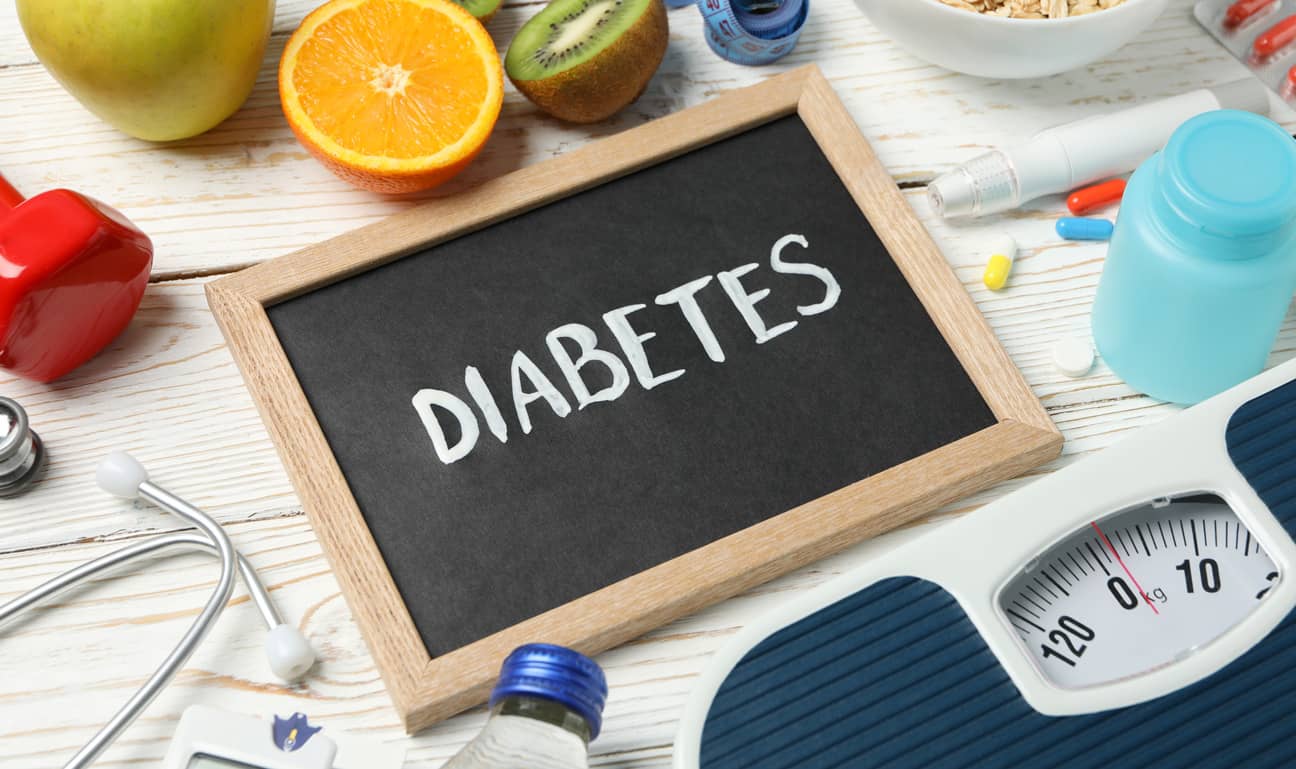
Maximizing diabetes care plan with blood sugar control
Published April 3, 2023By Kristy K. Petty, Diabetes Educator, RN, CNHSA
Good blood sugar control requires you and your provider to know a few general numbers to maximize your care plan.
The numbers refer to how much glucose is in your blood at certain times of the day and represent what the American Diabetic Association believes are the best ranges to prevent complications.
The American Diabetes Association recommends the target pre-meal blood sugar of 90-130 mg/dl and post-meal blood sugar of less than 180 mg/dl.
The goal for the provider is to personalize the treatment plan to ensure the right meds and doses are prescribed at the right time to maximize blood sugar control and minimize complications.
It is vital you take your meter or readings log with you to each provider visit.
If you are experiencing a lot of blood glucose readings of less than 70 or abnormally high blood sugar, please call your provider immediately. Please don’t wait until your next scheduled appointment!
The Hemoglobin A1C is a measure of your average blood glucose control over the previous three months. Think of the A1C as a long-term blood glucose measure that changes very gradually.
It is recommended this be less than 7% to prevent complications.
Regular medical care is essential in managing diabetes, having your blood pressure checked at each follow-up appointment and scheduling yearly screening exams for eye, dental and feet.
Blood pressure is the force of blood inside your blood vessels. When your blood pressure is high, your heart must work harder than it should.
ADA blood pressure target is below 140/90 mmHg for a person with diabetes.
At least once a year, have your blood cholesterol checked. These levels tell how much fat, also called lipids in your blood.
LDL (bad) cholesterol should be less than 100mg/dl for someone without heart disease and less than 70 mg/dl for someone with heart disease. LDL can clog your blood vessels and lead to heart disease.
HDL (good) cholesterol for men is more than 40 mg/dl, and for women is more than 50mg/dl. HDL helps protect your heart.
Triglycerides (blood fat) are recommended to be less than 150 mg/dl. Triglyceride is another kind of blood fat that can increase your heart disease risk.
Changing what you eat and how much you eat can make a big difference in your blood glucose, blood pressure and cholesterol levels.
You help reach your targets when you:
- Make smart food choices and limit saturated fat, salt and sugar.
- Lose weight or take steps to prevent weight gain.
- Exercise and are active for at least 30 min five days a week.
- Quit smoking/dipping (call 1-800-quit-now).
- Take all meds as prescribed.
- Drink plenty of water.
- Finding a healthy way to reduce stress.
- Diabetes Education and Support
- Learning about diabetes is an ongoing process.
People with diabetes can work closely with a diabetes educator to help them learn about living well with diabetes.
Diabetes educators can be nurses, dietitians, and pharmacists.
Diabetes educators can make diabetes management more manageable by giving you tips on healthy eating, lowering blood glucose and blood pressure, staying active, how or why you are taking medication, coping with diabetes and stress and assistance with stopping smoking.
This column was written by a guest contributor from the Choctaw Nation Health Services Authority.
